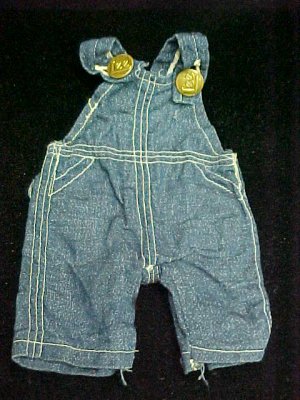Steiff toys are always considered "King of the Jungle" in the eyes of collectors. But is it possible to be a Steiff "Queen of the Jungle" and still be one cool cat? Without a doubt! Take a look at this note from a reader, who asks about his father's favorite childhood toy. Steve writes...
"Dear Steiff Gal,
I found you while searching for information about an old Steiff young lion that belongs to my dad. I like the tone of your website; thought you might be able to help.
My father's young lion is in very good condition. It's at least 80 years old, as it was given to him when he was one and now he is eighty one! He told me he found a picture of this same model lion in the Steiff 1927 catalog.
I haven's seen anything like it on ebay, Sotheby's, Christie's, Craigslist, etc. Any direction or leads you can provide as to who could best identify and value this lion would be greatly appreciated.
Sincerely,
Steve"
Steve"
Steve, Steiff would be 'lion if she said she wasn't thrilled to get your note, and to see your pictures! What you and your dad have here is what Steiff calls Jung-Loewe Lowin or Young Lion Lioness. She - yes she - is made from tawny colored mohair, is five ways jointed, has black and brown pupil eyes, and a hand embroidered pink nose and black mouth. She also has black hand embroidered black claws, or she did when she left the factory. This lovely lady was made in 16 and 21 cm from 1910 through 1942. Her button is 8mm, which would date her from the 1920's onward; more specifically, since Steve's dad was born in 1930, she was most likely manufactured in 1929 or 1930.
 |
| Steve's Dad as a little boy with the lioness |
One mane point with this item is her lack of a mane, which makes her a female - according to her birth year. From 1910 through 1927, this product was called "young lion", which doesn't really have a gender. From 1928, Steiff changed the name to "lioness", clearly marking her as female. Dovetailing this history with Steve's family history all but confirms that this family treasure is truly a "Queen of Hearts!"
 |
| Steve's Dad today with the lioness |
In terms of value, as always, something is worth what someone will pay. Steiffgal is not a formal appraiser, but does study the market for pricing trends. Assuming this lioness has no rips, holes, weak spots, worn mohair, and odors, and is in otherwise pretty good shape from a structural perspective, she MAY value in the $400-700 range.
Steiffgal hopes the discussion concerning this lion's gender has been interesting to male and female Steiff enthusiasts alike!
Have a question about one of your Steiff treasures? Let's talk! Click here to learn more.























